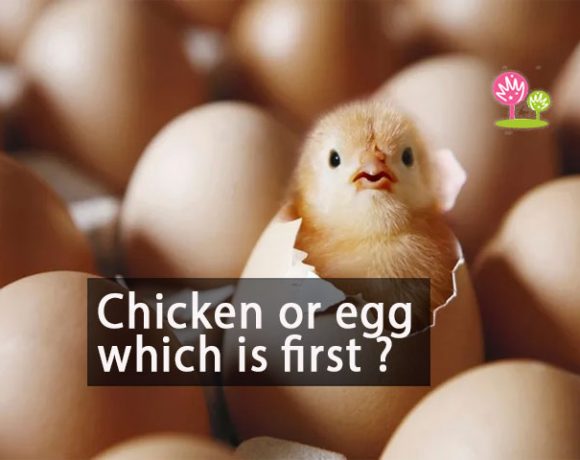Honey Bees have 5 eyes !!! True?

Bees are insects with wings that are related to wasps and ants. They are noted for their pollination and, in the case of the most well-known bee species, for honey production. Bees are a monophyletic lineage within the Apoidea superfamily. They are now classified as a clade known as Anthophila. There are about 16,000 species of bees classified under seven biological families. Some species, such as honey bees, bumblebees, and stingless bees, live in colonies, although the majority (>90 percent) of species, such as mason bees, carpenter bees, leafcutter bees, and sweat bees, live solitary.
Except for Antarctica, bees can be found in every location on the planet that has insect-pollinated flowering plants. The Halictidae, or sweat bees, are the most abundant bees in the Northern Hemisphere, yet they are small and sometimes misidentified as wasps or flies. Bees differ in size from tiny stingless bee species with workers that are less than 2 millimeters (0.08 in) long to Megachile pluto, the biggest species of leafcutter bee with females that may reach a length of 39 millimeters (1.54 in).
Bees consume nectar and pollen, the former primarily for energy and the latter mainly for protein and other nutrients. The majority of pollen is consumed by the larvae. Bee predators include primates and birds such as bee-eaters; insect predators include beewolves and dragonflies. Bee pollination is vital for both ecological and commercial reasons, and the fall in wild bees has increased the significance of pollination by commercially managed honey bee hives.
Interesting facts about bees
- Bees have five eyes.
- Although bees are insects, they have six legs.
- Drones are male bees in the hive.
- Bees travel at a speed of roughly 20 miles per hour.
- Worker bees are female bees in the hive (excluding the queen).
- The highest number of eggs laid by a queen is 2,000 per day.
- A bee will die if its stinger is lost.
- Bees have been around for roughly 30 million years!
- Pollen baskets, or corbicula, are pollen baskets carried by bees on their rear legs.
- A typical beehive can house up to 50,000 bees.
- To make one pound of honey, foragers must collect nectar from over 2 million blossoms.
- In her lifetime, the average forager produces around one-twelfth of a teaspoon of honey.
- In the United States, the average per capita honey intake is 1.3 pounds.
- Bees have two sets of wings.
- Pheromones are compounds that honey bees use to communicate with one another.
- A worker bee gathers in her entire life 0.8 grams (0.0288 ounces) of honey.
- It requires 556 worker bees to gather a pound of honey.
















